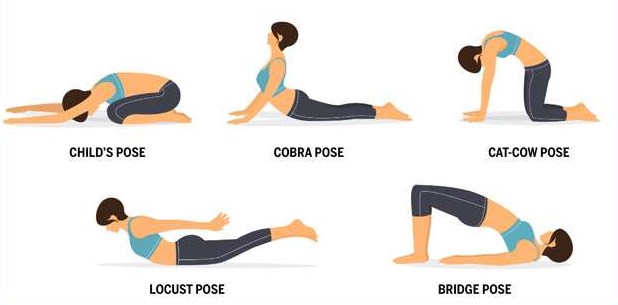How to manage yourself and when to seek help – by Chantelle Buck
Sciatica is a commonly used term to indicate burning/shooting pain that starts in the glute and runs down the back of your leg. This can happen when the sciatic nerve becomes irritated in the lower back.
Despite it commonly being referred to as sciatica, there are many nerves and many causes of ‘nerve pain’. There are even some conditions of the hip that can mimic symptoms of nerve pain!
The common symptoms are pain in the buttock, thigh, or shin/calf with or without lower back pain.
You may also experience muscle spasm, mobility issues and pins and needles or numbness.
Nerve irritation can happen due to many reasons, such as repetitive or sustained stress on the lower back, an injury to the lumbar spine, increased sedentary activity or an increase in unaccustomed activity.
When do I need to see a Doctor?
- If you have an increase in numbness or weakness in the leg
- Sudden onset of symptoms after trauma i.e. an accident or fall.
- If you lose control of your bladder or bowels – go to the emergency department.
What can I do today to help my pain?
Find your triggers and work around them.
Often people will notice certain triggers for their nerve pain. This may be sitting too long, prolonged standing or walking, walking up hills, certain chairs or lying in bed at night.
Try to take note of the moments that make your pain worse and try to work around them, this may be the key to settling down an angry nerve. Some examples of this may be:
- Getting up from your desk every 30 mins at work to break up your sitting.
- Using a pillow or rolled up towel to support your sleeping.
- Breaking up prolonged standing/walking tasks with frequent sitting or lying rest breaks
- Sitting with supportive chairs.
Total rest is not always best.
Since nerve pain is often associated with muscle spasm and restriction, prolonged bedrest can risk you getting very stiff and make your pain worse!
Physiotherapists will often recommend relative rest; that is rest from activities that irritate your condition (your triggers) but maintaining regular movement that is comfortable/tolerable to avoid slowing down the recovery process.
Try some gentle stretches.
Here are some ideas to stretch your lower back and gluteal muscles, keep in mind these exercises are ideas as a starting point:

When working with nerve pain, strong, painful stretches will not be helpful! Your stretches should not feel like they are encouraging your leg pain. You should feel a comfortable pull in the muscle and nothing further. You may need further assistance from a physiotherapist if you do not find a stretch that works for you.
Get a diagnosis and plan for treatment.
If you have nerve pain that is chronic, highly debilitating or is not improving within a week, it is beneficial to seek help from your physiotherapist for a formal assessment and treatment plan.
A physiotherapist will be able to direct you to the strategies/exercises that will work best for your nerve and use specific manual therapy techniques to treat the underlying cause.
Read more about Chantelle Buck’s physiotherapy skills and experience here.
You can make an appointment to see Chantelle for help with sciatica or any of your other physios needs by clicking here or calling us on 07 3880 1649.
(Blog by Chantelle Buck; Physiotherapist at Scarborough Physio and Health)
